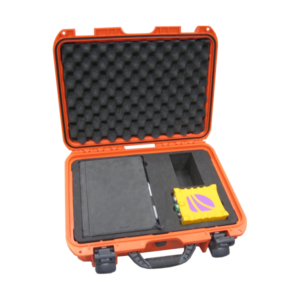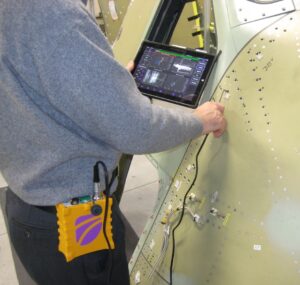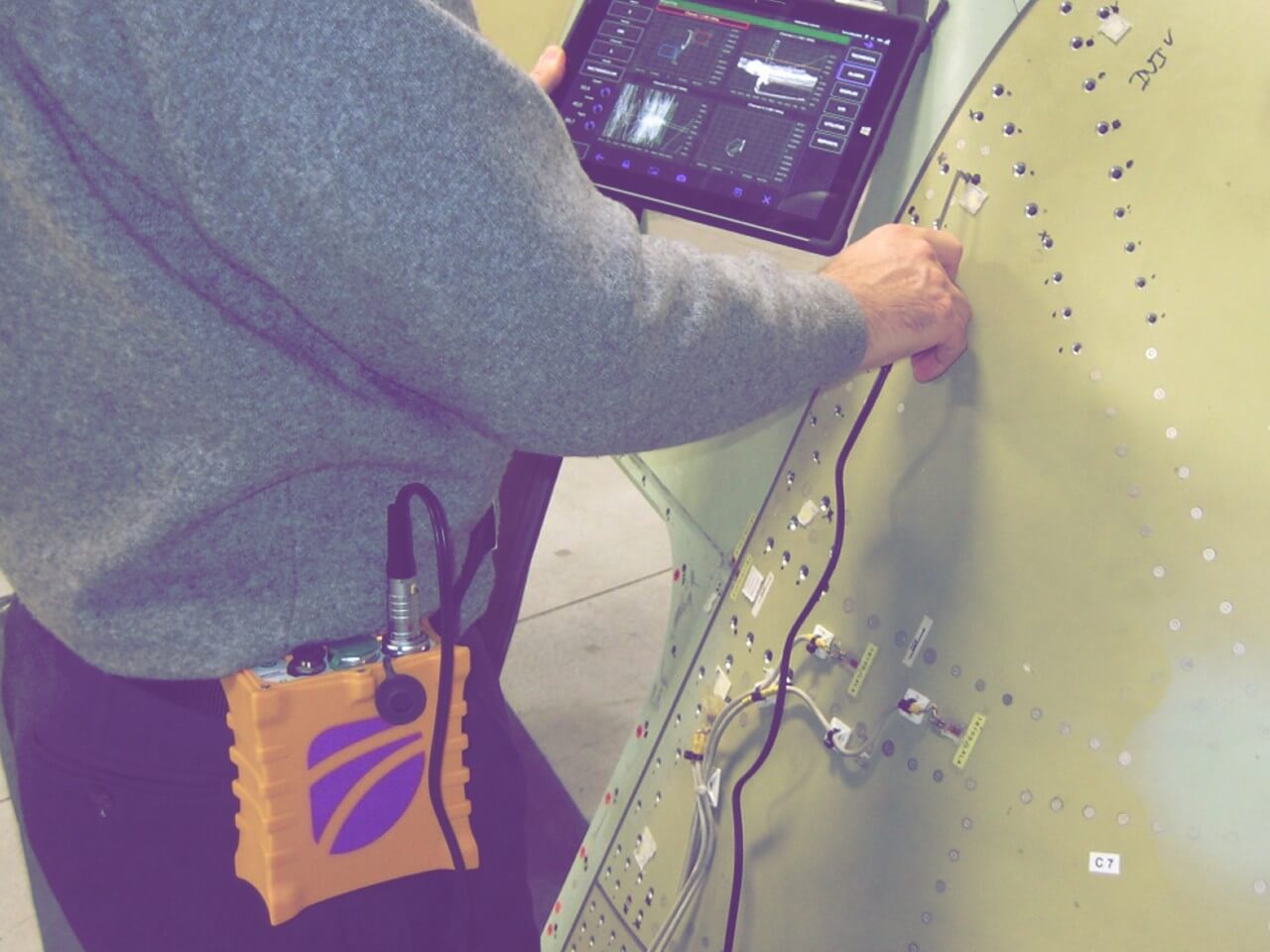Throughout the history of aviation there have been numerous accidents caused by aircraft structural failures. In many cases the underlying cause has been fatigue affecting critical components, for example in the case of Chalk’s Ocean Airways flight 101, in which 18 passengers and 2 crew members died on December 19th 2005. The cause of the accident was the rupturing of the right wing due to metal fatigue.
The performance of periodic inspections may prevent this type of accidents, since this allows possible faults and flaws to be detected in a preventive manner. Consequently, it is important that they be carried out effectively and accurately using the most advanced inspection techniques, since we are dealing with critical components.
The industrial sector involves a number of critical components that need to be inspected in order to determine their structural status. Specifically, in the more demanding sectors where there are many electricity-conducting materials – such as the power and aerospace industries – it is necessary to use the Non-Destructive Testing (NDT) technique based on eddy currents (EC).
This inspection technique has its origins in the second half of the 19th century. Specifically, in 1879 the scientist David Edward Hughes demonstrated that coils change their properties when coming into contact with metals of different conductivity and permeability, this being applicable in metallurgical classification. During the Second World War, the industrial use of eddy currents underwent significant progress, and conductivity measuring instruments were developed. It is currently a very widespread technique that allows for a number of applications, among them the following:
- Measurement of the electrical conductivity, hardness and physical dimensions of the material
- Detection of discontinuities in the material (cracking, cavities, etc.)
- Classification of metals and detection of differences in composition
- Measurement of the thickness of non-conducting coatings
There are several portable devices on the market that are capable of using this NDT technique, facilitating the task of those responsible for inspection. Most of these, however, are complex to use and lack a user-friendly operator interface allowing for agile performance of the inspection but without any loss in efficacy. At Tecnatom we detected this problem and decided that straightforward use and technical accuracy did not have to be at odds, for which reason we developed a system that went a step further.

ETboxMB is the eddy current inspection system developed by Tecnatom for manual inspections. It has been designed specifically for use in industrial manufacturing environments or for maintenance review tasks.
Unlike most of the systems on the market, in the ETboxMB the acquisition electronics and user screen are separate. This facilitates their use since it is possible to leave the screen in one place and move around freely with the equipment, because the latter is slung from the waist.

In addition, the user interface is intuitive, touchscreen operated and simple to use. What is more, the ETboxMB can be used with any device running under Windows. Finally, the equipment incorporates Array technology.
Why Tecnatom?
At Tecnatom we have more than 60 years of experience, both working in inspections and developing inspection equipment for the most demanding industries (nuclear, aerospace, thermal power plants, etc.). This lengthy heritage does not prevent us from being involved in a constant state of evolution, listening to the needs of the industry and developing innovative equipment that facilitates the effective and accurate performance of inspections. In this respect, we invite you to browse through our portfolio of inspection equipment and instruments:
For further information on the ETboxMB system (or any other), please contact indt@tecnatom.es.







